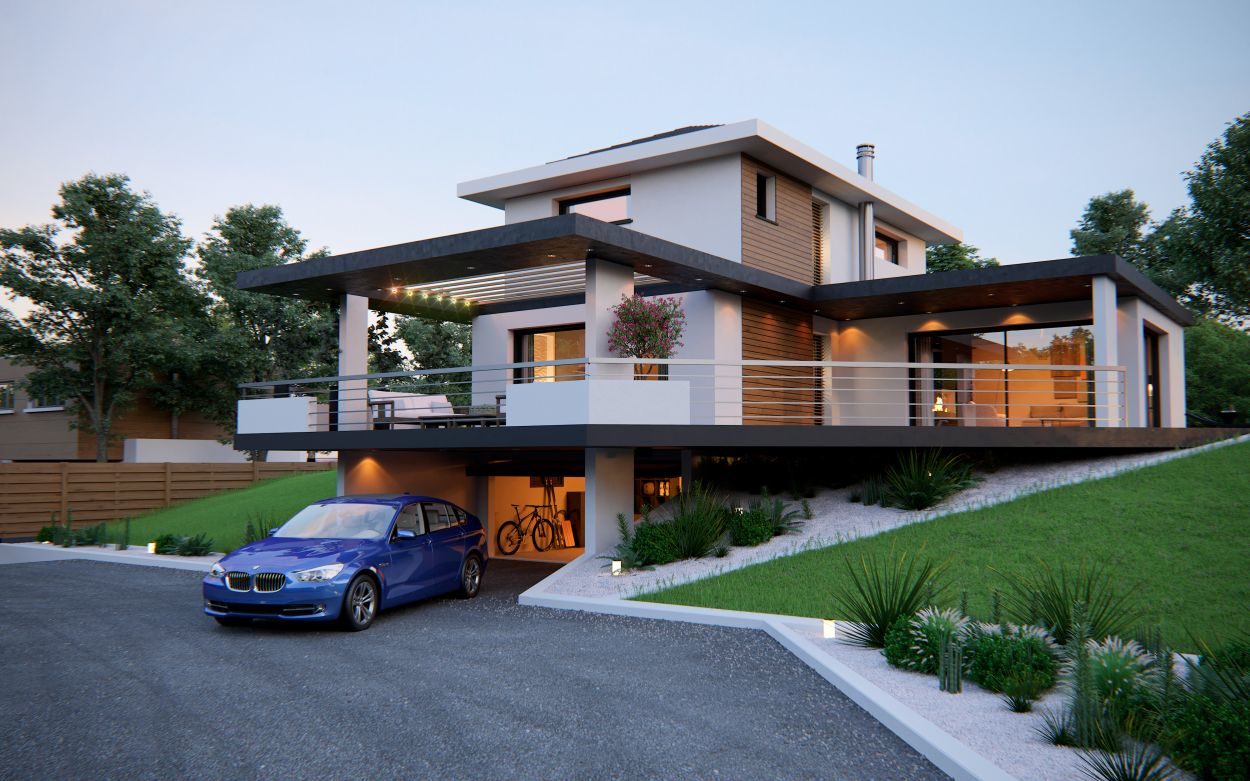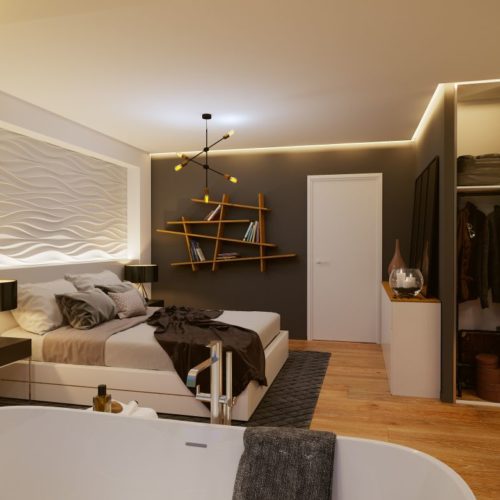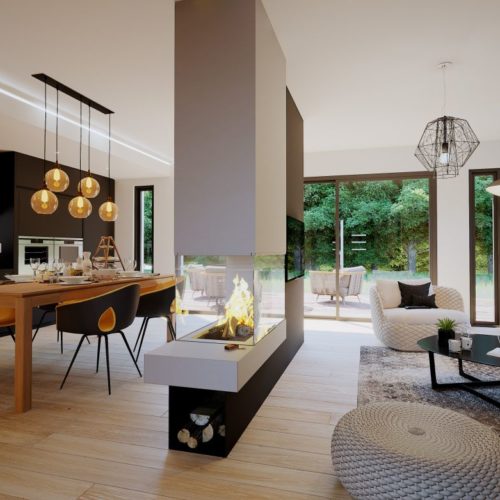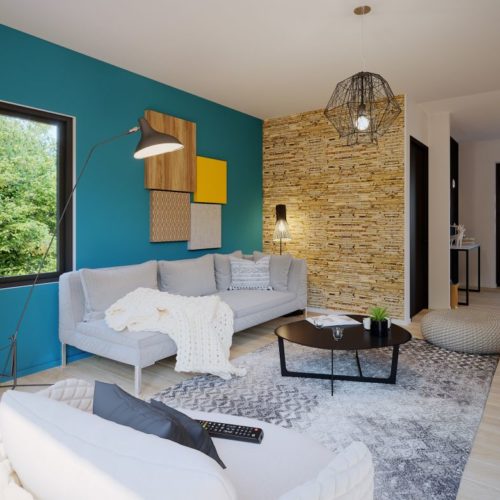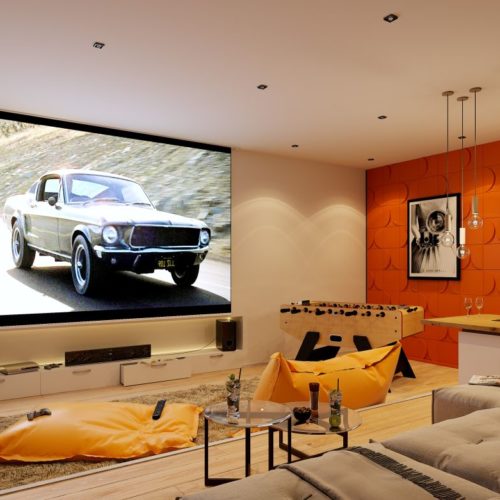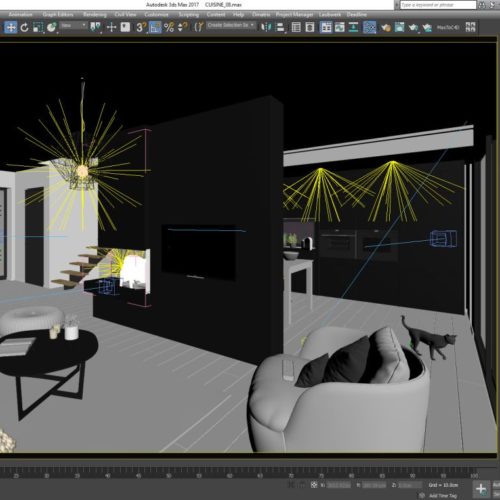Best Architecture Visualization: 3D Villa Maisons Oxygène
This two-minute image film guides the viewer’s gaze through a villa, beginning with the exterior, then entering the living room, gliding through the kitchen, taking in a film in the home cinema, going to bed and, finally, sipping a morning coffee on the terrace. The expert jury at Detail Magazine selected this work by Valentinstudio from Lyon, France as the winner in this year’s “Best Architectural Visualization” category.
Housing construction company Maisons Oxygène was looking for a film that would communicate the general concept of its architectural visualization, but at the same time have the interior and exterior of the 3D building exude a homey feeling. The storyline follows the everyday life of a homeowner from the moment they come home at night to their morning coffee. A total of three artists worked for roughly 2 months on the project, supported during that time by many freelancers.
3D villa and its assets
At the beginning of the project, the client sent Valentinstudio an assortment of 3D files covering different homes. The artists were charged with combining these in such a way that ultimately created the cosy feeling of being at home. The cinema room was the only thing the Valentinstudio team built completely from scratch. First of all, however, they had to do a major cleanup of the models, seeing as the architects’ drawings were often somewhat messy. Afterwards, the team worked with the client to select those rooms that would be interesting for the film, and separated them from the original model. The home’s interior decoration, which enhanced the overall visual impression, was conceived entirely by Valentinstudio.
The film’s assets came from various online shops, mainly from 3dsky and Bentanji. The trees, curtains and the entire kitchen were built by the Valentinstudio team itself.
Breathing life into the home
Seeing as the home is situated in the countryside, the team used Speedtree to create and animate several trees that were then exported in 3ds Max. The curtains were created and animated using Marvelous Designer 4. The car that drives into the garage at the beginning of the film was created using Madcar.
The cat, which is the only living character in the visualization, was brought to life using different 3ds Max tools. The artists used blend shapes for the head and paws, and FFD (Free-Form Deformation) modifiers for the animal’s ears and breathing movements. The tail consists of a Spline, and the fur was created using 3ds Max Hair & Fur. The biggest problem posed by the cat was preventing it from looking like a dead doll controlled by invisible hands. The artists watched several references and fine-tuned the animation until the cat character no longer appeared creepy.
The team rendered all animated objects in the master scene, which meant that it was no problem to integrate them.
Thanks to Corona
Corona helped the team considerably in the realisation of the project. In particular, the introduction of PBR materials in the 1.5 version marked a decisive innovation in the workflow. All assets involved in the project were given PBR shaders: “This enabled us to create an almost photorealistic rendering”, notes studio founder Valentin Ayrault.
The introduction of the de-noisers added in Corona V 1.4 allowed the rendering time to be reduced significantly. Of course, a good CPU was also important: “On an Intel Xeon E5, the rendering time for one frame was roughly 30 minutes”, says Valentin. Thanks to Corona, the team was able to focus more on the creative aspects of the film rather than be distracted by technical problems.
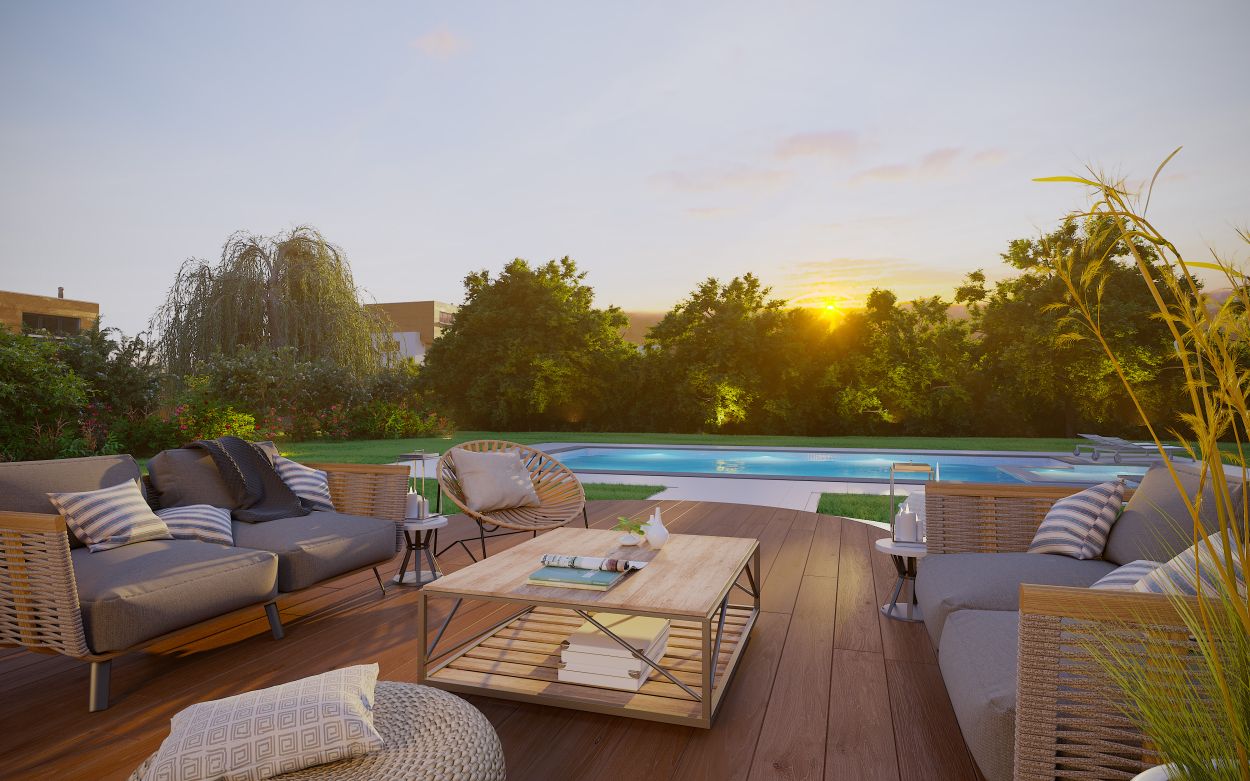
About Valentinstudio
Founder Valentin Ayrault began teaching himself how to work with CG images at the early age of 14. At the time, there was no internet to speak of. This meant that he used actual paper texts as educational sources and often simply just experimented with software packages. At the age of 17, he completed a one-year course in Lightwave. He would use that software for seven years before returning to 3ds Max. Valentinstudio was a one-man operation for seven years; only three years ago, two full-time artists joined the founder. Since then, the team has worked for several architects and real-estate companies, in peak periods supported by freelance colleagues. In its early years, Valentinstudio worked almost exclusively on luxury projects, but the sector is changing fast. Today, the team is happy to adapt and enjoys the increased variety that has entered the pipeline.
We dont have the architecture category anymore. Instead of that we start with our new VR/AR/360°-category. All the architecture topics are included in this new category. Do you need an category overview? Here we go!
(Mirja Fürst)

